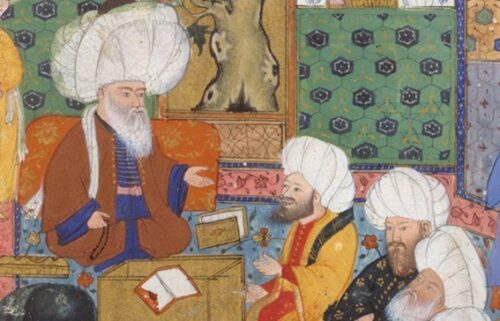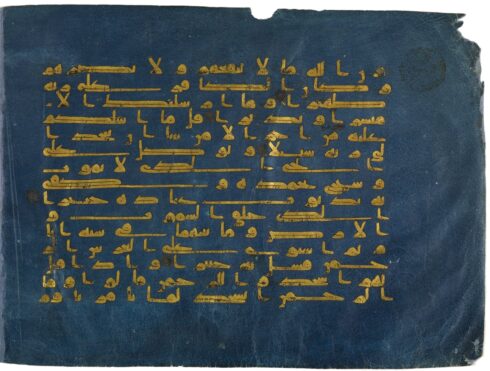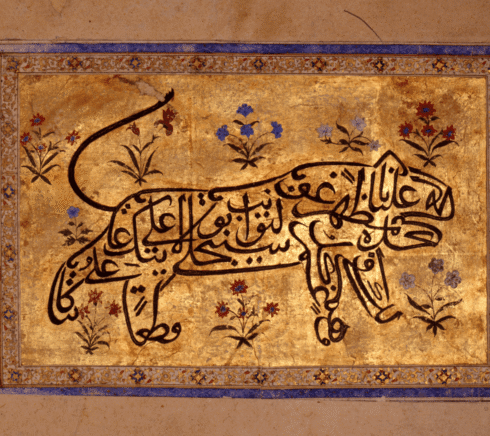Research at IIS
Research at The Institute of Ismaili Studies (IIS) seeks to contribute to the field of Islamic studies in general, with a particular focus on Shi‘i and Ismaili studies.
Our research and publication activities are predominately housed in the Institute’s Department of Academic Research and Publications (DARP), currently headed by Professor Zayn Kassam.
Our approach
Our approach to research is interdisciplinary and civilisational, with a keen awareness of the range and diversity of societies and cultures in which Islam is practised today. In particular, IIS promotes research in marginalised areas of the study of Islam and its various interpretations, while also highlighting the plural heritages of Muslim communities. As part of our research mandate we offer doctoral scholarships in these areas, including the intellectual and literary expressions of Shi ‘i Islam, and its Ismaili traditions in particular.
Explore our research areas
Islamic History and Thought Lecture Series
Designed to invite scholars of various international academic institutions, specialising in intellectual, social and political aspects of medieval and early modern Islamic societies, to present and discuss their research.
Explore more
Arabic and Islamic History Lecture Series
This series provides a platform for scholars from the Arab and Islamic world to present their research in Arabic in order to make knowledge accessible to a wider audience.
Find out more








